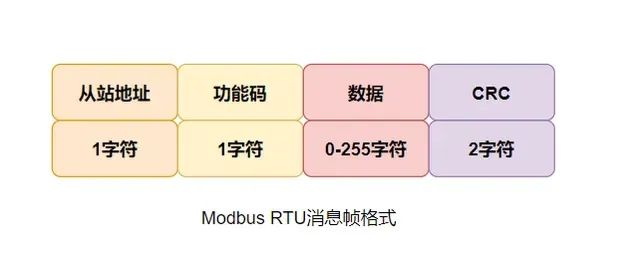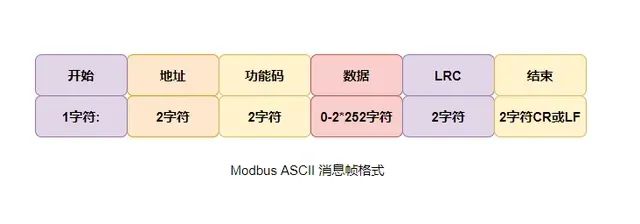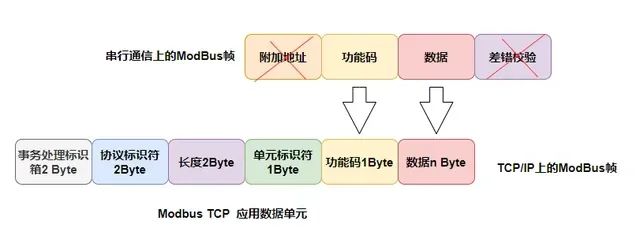
Industrial Automation Group
Knowledge sharing and mutual assistance
Join Now
When we talk about the communication protocols between automation devices (such as PLCs, temperature controllers, etc.) and computers, ModBus is a widely used communication protocol. ModBus supports various communication methods, including ModBus RTU, ModBus ASCII, and ModBus TCP. Each communication method has its unique characteristics and application scenarios.
ModBus RTU uses binary data transmission and is the most common implementation of the ModBus protocol. It employs serial communication and supports both RS232 and RS485 interfaces. In RTU mode, each byte can transmit two hexadecimal characters. ModBus RTU has higher transmission efficiency and stability, but it is less readable. Its message frame format consists of multiple parts, such as address code, function code, data, etc.
The message frame format consists of the following parts:

ModBus ASCII transmits text information using ASCII code. Compared to ModBus RTU, it has lower transmission efficiency but better readability. ModBus ASCII also uses serial communication and supports RS232 and RS485 interfaces, suitable for short-distance communication. In ASCII mode, each 8-bit byte is split into two ASCII characters for transmission, with the message frame starting with an English colon “:” and ending with a carriage return and line feed (CRLF).

ModBus TCP is an extension of the ModBus protocol that uses TCP/IP for communication, allowing data transmission between local area networks (LAN) and wide area networks (WAN). ModBus TCP supports various network devices, including computers, servers, switches, routers, etc. It is suitable for remote monitoring and control, commonly used in industrial networks and Internet of Things applications. The physical layer, data link layer, network layer, and transport layer of this protocol are all based on the TCP protocol, encapsulating the ModBus protocol only at the application layer.

In ModBus RTU and ModBus ASCII, communication occurs via serial interfaces, meaning they can only communicate over short distances. Therefore, if communication over longer distances is required, ModBus TCP must be used. On the other hand, ModBus RTU and ModBus ASCII transmit data using binary and ASCII codes respectively, leading to differences in transmission efficiency and readability. When choosing a ModBus communication method, various factors must be considered, including communication distance, transmission efficiency, and readability.
In summary, for short-distance communication, both ModBus RTU and ModBus ASCII can be chosen. If higher transmission efficiency is needed, ModBus RTU can be selected; for better readability, ModBus ASCII is preferable. For long-distance communication, only ModBus TCP can be used.
Source: Modbus Chinese Network. If there is any infringement, please contact for deletion.